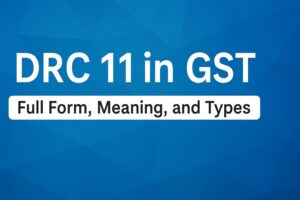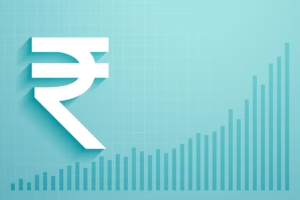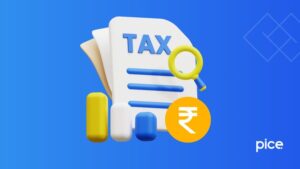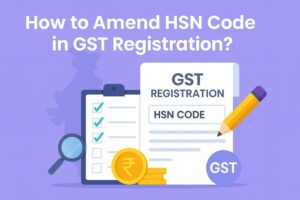RCM Under GST for Unregistered Dealer
- 10 Apr 25
- 11 mins

RCM Under GST for Unregistered Dealer
- What Is Reverse Charge Mechanism (RCM)?
- Profit/Loss Items That Attract GST Under RCM
- Exceptions to Profit/Loss Items Attracting GST
- Process of GST Payment Under Reverse Charge Mechanism
- Types of Reverse Charge Under GST
- Impact of Reverse Charge Mechanism on Businesses
- Time of Supply Under Reverse Charge Mechanism
- Rules for Registration Under Reverse Charge Scenarios
- Who Should Pay GST Under Reverse Charge Mechanism?
- Input Tax Credit Under Reverse Charge Mechanism
- Reverse Charge on Goods Under Section 9(3)
- Reverse Charge on Services Under Section 9(3)
- RCM Rules in Form GSTR-1 and GSTR-2
- Conclusion
Key Takeaways
- RCM shifts GST liability from the supplier to the registered buyer when dealing with unregistered dealers.
- It mandates self-invoicing and timely GST payment by the recipient for intra-state taxable supplies.
- Businesses must track Profit & Loss items like rent, legal fees, and maintenance that attract RCM.
- Input Tax Credit (ITC) is available under RCM if goods/services are used for business furtherance.
- Strict compliance and registration under Section 24 of the CGST Act are essential to avoid legal implications.
The Reverse Charge Mechanism (RCM) under the Goods and Services Tax (GST) is a significant provision that shifts the tax liability from the supplier to the recipient of goods or services. This mechanism is particularly relevant when dealing with unregistered dealers, as they are not authorized to collect GST.
In such cases, the registered buyer is responsible for paying the tax directly to the government. The implementation of RCM ensures tax compliance and prevents revenue leakage. Knowing its applicability, compliance requirements, and implications is crucial for businesses engaging with unregistered suppliers.
Keep reading this article to understand in detail about RCM under GST for unregistered dealers here.
What Is Reverse Charge Mechanism (RCM)?
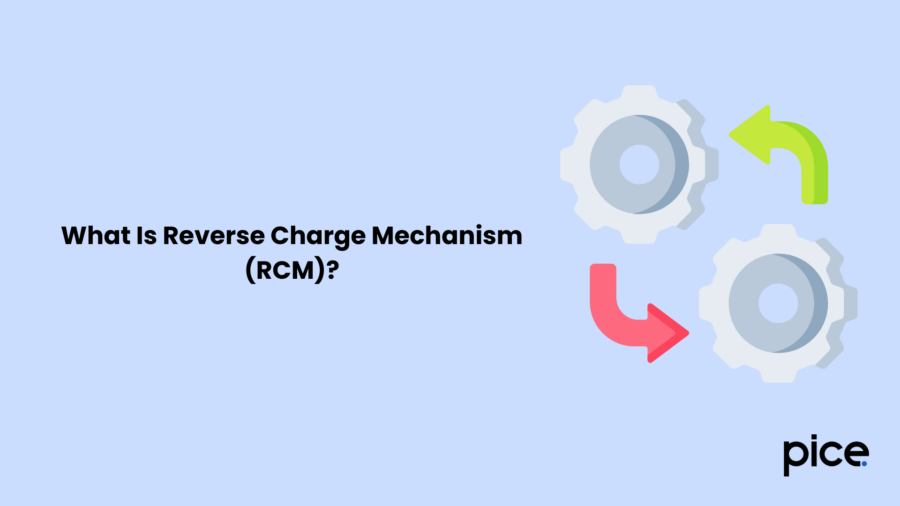
Section 9(4) of the CGST Act (Central Goods and Services Tax Act) presents that if a registered person under GST purchases goods and services from an unregistered person, the tax liability remains with the registered dealer. Notably, the rule applies to selected goods and services. The rule mentioned above applies when the following criteria are met:
● An event of supply of goods and services.
● Supply of taxable goods and services (taxable supplies).
● An unregistered dealer (URD) must supply goods or services.
● A registered person needs to purchase the supplied goods and services.
● It has to be an intra-state supply (supply within the state), as inter-state supplies require mandatory registration. Notably, GST is payable on the entire amount of purchase and not up to ₹5,000 (the previous GST norm) as the GST rules were revised after 1 February 2019.
However, a registered taxpayer needs to track the day-to-day expenses in the Profit/Loss account to determine the items eligible for GST under reverse charge.
Profit/Loss Items That Attract GST Under RCM
Here is the list of applicable items in the Profit/Loss account that attract GST under RCM:
● Rent
● Printing and stationery
● Commission payments
● Repairs and maintenance
● Vehicle maintenance
● Office maintenance
● Computer maintenance
● Consultancy fees
● Legal fees
● Professional fees
● Audit fees
● Gift Expenses
● Advertisement
● Business promotion expenses
● Freight and transportation expenses
Exceptions to Profit/Loss Items Attracting GST
The reverse charge mechanism has certain exceptions as follows:
● Salary and wages
● Interest
● Electricity
● Car fuel (Petrol/Diesel)
● Government fees including MCA (Ministry of Corporate Affairs) fees, land registration fees and others
In addition, if a goods and service supply is exempted under GST, the reverse charge mechanism will not apply. Thus, registered suppliers need to keep track of the expenses and purchases in the Profit and Loss account.
Process of GST Payment Under Reverse Charge Mechanism
The receiver or purchaser with the tax liability will have to pay GST to the government directly instead of the supplier. This registered buyer has to create a self-invoice for the goods and services they bought. Moreover, as RCM applies to intrastate transactions, the taxpayer must pay CGST and SGST (Central Goods and Services Tax and State Goods and Services Tax) for the purchases.
Types of Reverse Charge Under GST
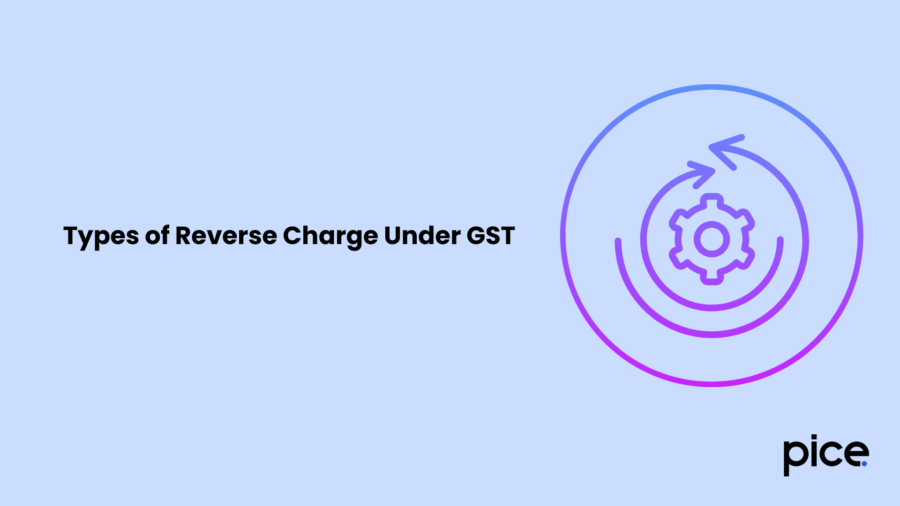
Here are the types of reverse charge under GST:
- Forward Charge: A forward charge applies if you purchase goods and services from an unregistered dealer. The purchaser has GST liability, but the seller is not involved in the process.
- Backward Charge: Specific services, such as legal services, security services, manpower supply services, and others, attract backward charges.
Impact of Reverse Charge Mechanism on Businesses
Businesses can experience the following effects under the reverse charge mechanism.
Some positive impacts to look at -
Here are the benefits that businesses reap under the reverse charge mechanism:
● Cost-Intensive Operation: Purchasing goods and services or import of services from registered dealers increases the tax liability for purchasers. It includes import duties as applicable. On the flip side, under RCM, purchasers can reduce their tax liability by purchasing from unregistered dealers.
● Compliance with GST Laws: Adhering to the RCM norms helps businesses comply with the Indian tax laws. This ensures transparency and accountability in transactions for the entities. Further, this helps avoid instances of tax evasion with effective tax invoice use.
Following are some challenges to consider:
Here are the challenges that businesses confront under the reverse charge mechanism:
● Compliance Burden: Businesses need to maintain transaction details and their entry in books of accounts for time tax payment by purchasers. This increases the tax compliance burden on these businesses.
● Working Capital: Purchasers of goods and services might have to pay taxes immediately, which affects their cash flow. Suppliers’ tax liability, on the flip side, can eliminate the need to pay taxes upfront.
Time of Supply Under Reverse Charge Mechanism
The time of supply of goods and services varies under reverse charge mechanism as follows:
Time of Supply of Goods:
The time of goods supply is the earliest of the following:
● Date of goods receipt
● Date of payment
● The date immediately 30 days after the supplier issues an invoice
In case you are unable to determine the time of supply, the date of entry on the accounts book needs to be considered for the amount of tax payables.
Time of Supply of Services:
You need to consider the earliest date from the following:
● The payment date
● Date of issue of invoice by the purchaser
● The date immediately after 60 days of the unregistered supplier issuing the invoice
Rules for Registration Under Reverse Charge Scenarios
The following rules apply for registration under the reverse charge mechanism:
● Under Section 24 of the CGST Act, the person with tax liability needs to be GST-registered
● The annual threshold limit of registration of ₹20 lakh or ₹40 lakh (as relevant) does not apply to these taxpayers.
Who Should Pay GST Under Reverse Charge Mechanism?
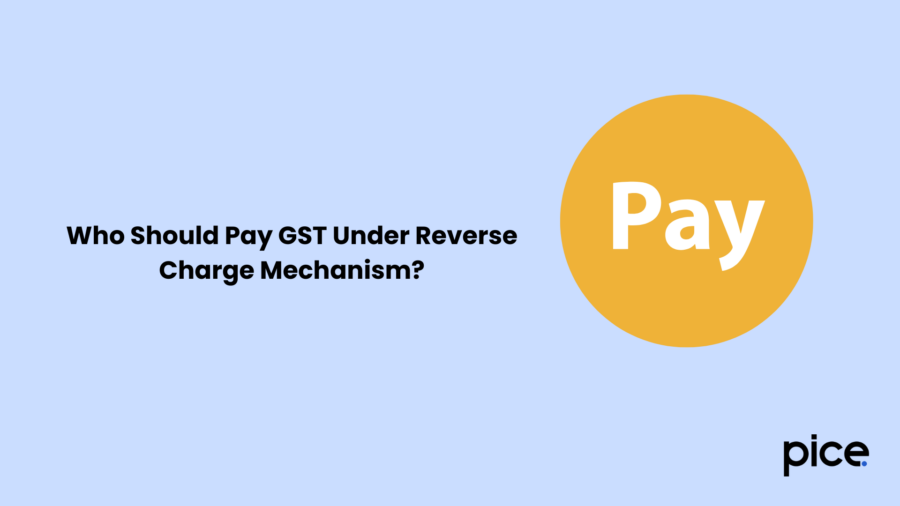
The following entities or individuals are liable to pay GST under the reverse charge mechanism at applicable GST rates:
● Composition Dealers: These dealers need to pay GST at normal rates or usual tax rates and not composition rates, without raising ITC (Input Tax Credit) claims. In other words, the dealer is the person liable to pay taxes.
● Input Tax Credit (ITC): Goods and services recipients can claim and optimise ITC for business furtherance and smooth cash flow.
● GST Compensation Cess: Taxpayers under RCM might be entitled to pay GST compensation cess.
● Mandatory Registration: If you have a turnover below the threshold limit as mandated by the GST Council under Section 24 of the CGST Act, 2017, you need to register under RCM for compliance with Indian tax laws and transparency.
● E-commerce Services: Forservices rendered using e-commerce platforms by an e-commerce operator (electronic commerce operator), the recipient of goods and services has the tax liability. In case the assessee is unavailable for physical presence in the taxable area, a representative needs to pay GST on his/her behalf.
Input Tax Credit Under Reverse Charge Mechanism
If the recipient uses the goods or services purchased, for business furtherance, he/she can avail ITC under GST. The time limit to calculate ITC is the financial year in which a self-invoice is issued.
In case a recipient issues the invoice after the time of supply, tax is payable followed by interest. Delayed payment of tax might result in legal implications under Section 122 of the CGST Act. However, the recipient cannot utilise ITC to reduce output tax liability on goods and services under a reverse charge mechanism.
Reverse Charge on Goods Under Section 9(3)
The following list of goods is eligible under the reverse charge mechanism:
| Goods | Supplier |
| Cashew nuts | Agriculturist |
| Bidi wrapper leaves | Agriculturist |
| Tobacco leaves | Agriculturist |
| Silk yarn | Individuals processing raw silk to produce silk thread |
| Raw cotton | Agriculturist |
| Used vehicles, old items, waste, seized goods and scrap | State, Central, or Union Territory Government or local authorities |
| Supply of lottery | Central, State or Union Territory Government or local authorities |
Reverse Charge on Services Under Section 9(3)
Here is the list of services under the reverse charge mechanism:
| Service Category | Service Supplier | Service Recipient |
| GTA Services | Goods Transport Agency (GTA) (Transport Services) | Factory, cooperative society, registered person, body corporate, partnership firms or casual taxable person in a taxable territory |
| Sponsorship services | Any person | Partnership firms or corporations in a specific taxable territory |
| Legal services | Advocates (individual advocate or firm of advocates) | Business entities in a certain taxable territory |
| Arbitration tribunal services | Arbitral tribunal | Business entities in a specific taxable territory |
| Services rendered to a business entity | State, Union Territory, Central Governments or local authorities | Business in a taxable territory |
| Insurance-linked services | Insurance agent or agency services | Insurance business |
| Recovery service | Recovery agent | Banking company, financial institutions, or non-banking financial companies in a taxable territory |
| Service supplied to a corporate body | Director of the concerned company | Corporate body |
| Music composition, artistic service, photography service or other associated services | Author, photographer, music composer or artist | Music companies, publishers, or producers in a taxable territory |
RCM Rules in Form GSTR-1 and GSTR-2
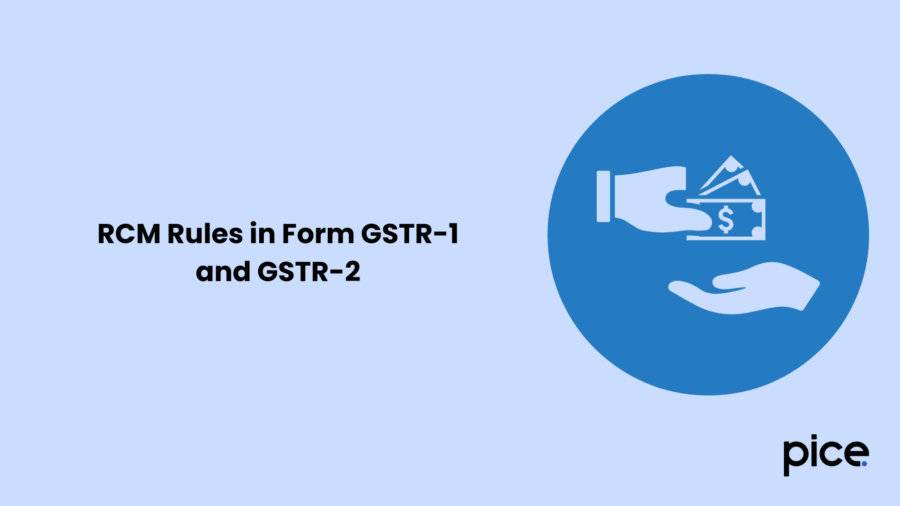
Forms GSTR-1 and GSTR-2 are integral documents for GST transaction reporting under the reverse charge mechanism. Suppliers need to use Form GSTR-1 to report outward supplies including transactions under RCM. Form GSTR-2 has been suspended and replaced with Form GSTR-3B.
GSTR-2 is used to record transactions related to inward supplies. In the replaced Form GSTR-3B, eligible input tax credit claims and purchases need to be reported. Suppliers thus need to report sales in GSTR-1 and purchases in GSTR-3B under RCM.
Recipients can discharge their tax liabilities using an electronic cash ledger to claim input tax credits on purchases for a specific tax period. Notably, as a recipient of services, you can claim ITC after the supplier reports the relevant sales. This shifts the tax liability from the supplier to the recipient under the reverse charge mechanism ensuring transparency in transactions.
Conclusion
RCM under GST for unregistered dealers results in tax liability shifts to the goods or service recipient from the supplier. Recipients can thus raise an input tax credit claim for the GST paid if they use the goods and services for further business operations. This helps them improve cash flow management for their business thereby promoting tax compliance, business furtherance and transparency.
Further, this renders effective vendor management with timely vendor payment resulting in vendor delight. Ensure you adhere to compulsory registration norms for tax compliance under RCM.
💡If you want to streamline your payment and make GST payments via credit or debit card or UPI, consider using the PICE App. Explore the PICE App today and take your business to new heights.
 By
By 






